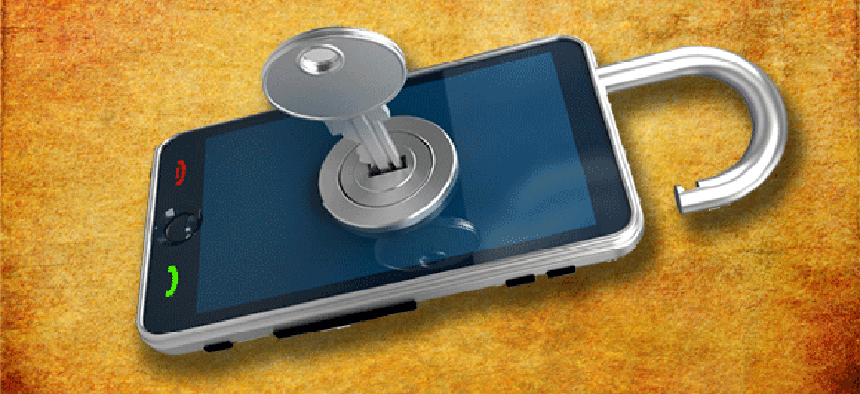Mobile security: A password isn't perfect, but it's a start


Connecting state and local government leaders
A McAfee survey finds that 36 percent of mobile users don't even use a password to protect their devices, which serves as a reminder to secure your smart phones and tablets.
In a recent global survey, computer security company MacAfee revealed some disturbing facts about the mobile device use of the general populace. The survey found that 36 percent of the people surveyed do not password-protect their smart phones or other mobile devices. While this statistic is frightening enough, I’m guessing the actual number is slightly higher because that figure represents the percentage of people who are willing to admit that they don’t protect their phones.
Of course, many government agencies already have a proactive mobile device management solution. They not only require authentication to access their data, but in some cases also can track or shut down any lost or stolen device under their management. Enterprise-level MDM solutions such as F5 Networks Mobile App Manager do the job of keeping work access completely separate from the personal data on a user’s device. So by not password-protecting your device, users are likely only hurting themselves.
If you are one of the 36 percent, do yourself a favor and set up password protection on your smart phone or other mobile device. And don’t pick “1234” or “password” or anything of those too-simple passwords that a lot of people still use. Or use one of the gesture-dependent authentication features, such as connecting the dots or drawing figures on top of a photo. Some, like FixMo Secure Gesture, are actually better than a regular password.
The MacAfee survey also notes other practices that could put data at risk, such as that 30 percent of survey respondents “hide” their passwords information in a device’s notes app, where it could be easily found.
In addition to adding passwords, Robert Siciliano, an online security expert for McAfee, recommends other a few simple things users can do to keep the information on their devices safe, such as resisting the urge to click the “remember me” function on applications and websites and remembering to log out when leaving a site.
And agencies also offer help, including the Health and Human Services Department’s 11 steps for securing sensitive data and the Federal Communications Commission’s Smartphone Security Checker, a free app that serves up security checklists specific to the mobile operating system you have.




